-
Posts
1,155 -
Joined
-
Last visited
-
Days Won
1
Content Type
Profiles
Forums
Blogs
Gallery
Events
Store
Posts posted by RobW
-
-
To all,
To close the loop from the earlier Czech reissue type's here is a reissue type 1.
It has a cylinder suspension with a number of minor obverse and reverse die variations compared to the official strikes and the later reissues.
Regards,
Rob
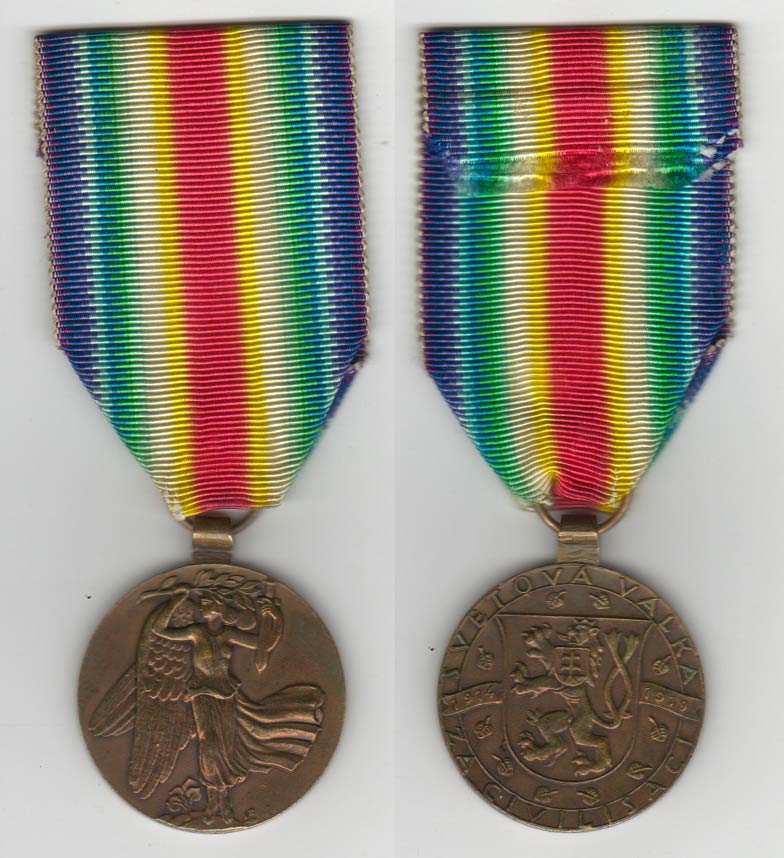 0
0 -
I just missed this little beauty on an online auction:-

Kevin in Deva

Hello Kevin,
Thanks for the post.
That it is a nice Portuguese mini trio. I had previously seen a single Portugal vic mini but it was in very poor shape and without the ribbon.
There appears to be a flatter spot on the suspension ring of the Medal For Exemplary Conduct (white ribbon, green stripes). Could you ascertain if there was a hallmark present or was it just a flat spot or worn area? I have a Belgian vic mini in silver as well as a full size silver-gilt Belgian vic with a large rectangular hallmark on the suspension ring. Portugal did indeed use silver hallmarks between 1886-1938 but then again it may just be a flat spot on the suspension ring.
Vic mini's are another whole area you can focus on and it certainly rounds out a good vic collection with both single items and small groups still reasonably obtainable.
Regards,
Rob
0 -
JM and others,
For a direct comparison here is the corresponding re-issue type 2 with a gold-gilt finish. While the difference may not be readily apparent from the pic, it is definitely noticeable when you have the two pieces side by side. Note the strength of the green colour in the ribbon of the gilt re-issue type 2 compared to the slightly faded colours of the matte finish re-issue counterpart.
Regards,
Rob
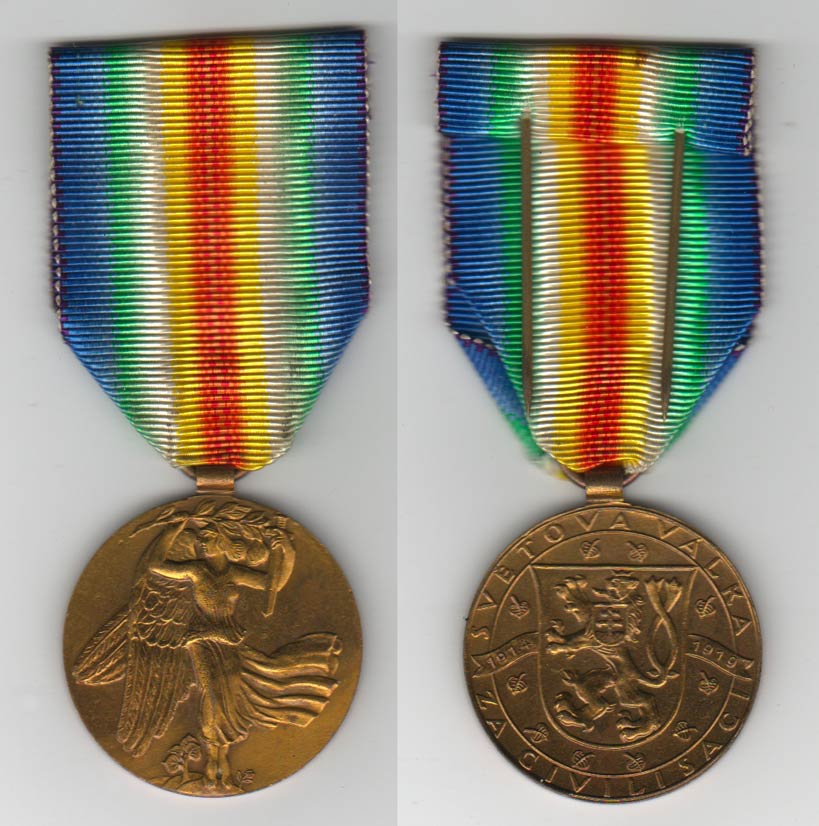 0
0 -
Hello JM,
Here is a Czech re-issue type 2's that has a matte brass finish for comparison.
It also has the common ribbon seen on czech vics produced after WW2.
Regards,
Rob
 0
0 -
 While we're on maker's marks...
While we're on maker's marks... 
Anyone know this one with a diamond? Strike looks incredibly sharp!

Tim
Tim,
The only makers mark that I know of that is a diamond shape is one produced by Arthus Bertrand of Paris. This particular mark was used from 1917. I'm not sure if this helps.
Regards,
Rob
 0
0 -
I have a question on the French official issue VM. I have not been able find out what mint used the triangle marking. In reading all that has been posted on this site, I did find this,
"Here is yet another vic; this time a French official model. While it looks like the standard model of note is the makers mark on the reverse. In this case it is a triangle inscribed with 'JB' which is the mark of 'Janvier Berchot'. They produced the French official vic in addition to the Paris mint".
My question is, is this triangle JB's mark? Or is the triangle a different mink mark without JB's influence?
Thanks, JM
JM,
This particular official French vic was also produced by the firm of Janvier Berchot. While the more regularly seen JB mintmark has the strongly incused 'JB' within the triangle in this case the JB letters on the hallmark are less distinct and often result in them being worn or rubbed down. In some other cases it is just the plain triangle.
Here is one for comparison.
Regards,
Rob
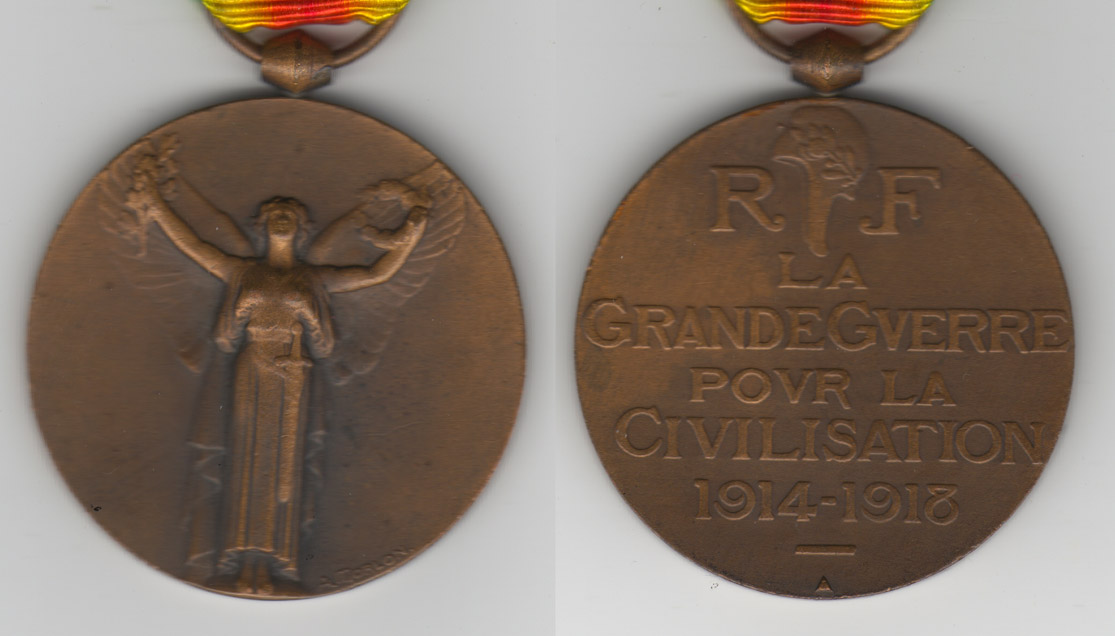 0
0 -
Hi Rob, thank for the come back with all that good info on Czech Type 2 re-issue. Is there any dating for this medal "plus or minus".
Thanks, JM
Hello JM,
The Czech re-issue type 2 was produced by the Prague firm of Karnet & Kysely. They were the leading producers of most Czech awards and decorations.
The re-issue type 2 was produced between 1945-1948 and the pale unblended ribbon also dates from that same period. Production of the vic re-issue type 2's and most extant czech awards and decorations ceased in 1948 following the coup d'état of February 1948, when the Communists definitively took power.
Regards,
Rob
0 -
Hello johnnymac,
Welcome to the thread! It is good to see that there are a few more vic collectors in this forum.

Yes you are indeed correct in identifying the item as a re-issue, type 2. There were two different varieties of the re-issue type 2 having either a gilt finish or a flat brassy finish. Yours could be either a gilt finished one that has had the finish wear off or it might also be a flat brass finish one.
The Kremnice mint produced re-issue type 1 has a much more darker brass finish and there are also obverse and reverse differences between it and the K & K produced re-issue type 2. Interestingly there are far fewer re-issue type 1 seen than the more readily obtainable re-issue type 2's in the market.
You are also correct in identifying the major differences between the re-issue type 2, re-issue type 1 and the official strike.
There are a number of very slight differences on the reverse including a slightly smaller crown on the double-tailed rampant lion of Bohemia compared to the re-issue type 1, with the base of the double-barred cross (as the Cross of Lorraine) of Slovakia, slightly longer on the left as viewed, with vertical lines in the background. In addition the year dates are slightly larger than that found on the official variety and there is a slightly noticeable difference in the weight, angle, and detail of the surrounding linden leaves.
The most noticeable difference on the obverse is the thicker trio of leaves with veins apparent at the base of the feet of victory as well as a different single flower on the right as viewed. In addition there is no designers name of 'O. Spaniel' which is the most immediate give-away.
The re-issue types were also consistently seen in the paler ribbon variety that you have illustrated.
Hope this has helped.
Regards,
Rob
0 -
Interesting badges Rob, they make an immediate impression. Has Aust. dropped the Royal Arms now, in favour of the National emblems ?
Hello Mervyn,
With my work schedule slowing slightly here are some details.
In 1917 the rank of warrant officer class one was established with the Royal Coat of Arms designated as the badge of rank. In the Australian Army the badge for warrant officers class one was replaced by the Australian Coat of Arms in 1976 and has been worn ever since.
The position for wearing the badges of rank of warrant officers changed from the lower forearm to the mid-upper arm at the end of 1996. When I have time I will try and locate the current much larger rank patch that replaced the badge shown in post #86.
Hope this helps.
Regards,
Rob
0 -
Hello Gentlemen -
The mini differs most obviously by its ribbon, suspension and of course, the detail.
Hello Thomas,
The italian vic mini was produced in a variety of size diameters, with both cylinder and staffa suspender. Unsigned and signed varieties also exist.
Your mini, with the wire suspender, was produced during the 1950-1960's period and is also becoming scarcer despite being a later striking.
Regards,
Rob
0 -
Australian Army WO1, embroidered, service dress, c1976 - 1990's. This badge was worn until replaced by the much larger version which has a very large backing area, designed to cover the previous rank patch replaced. See the Australian WO2 corresponding entry.
Regards,
Rob
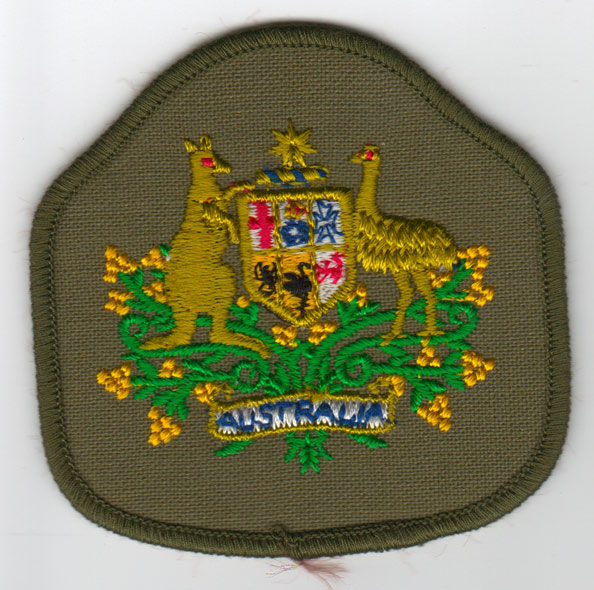 0
0 -
A picture would help.
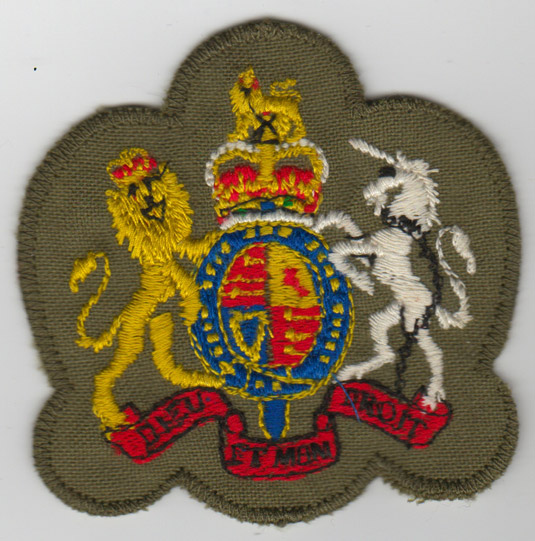 0
0 -
Australian Army WO1, worsted wool, pre 1976. Worn on service dress on the lower sleeve.
0 -
Australian Army WO1, embroidered polyester general dress, c1976, 7.5 cm x 6.5 cm
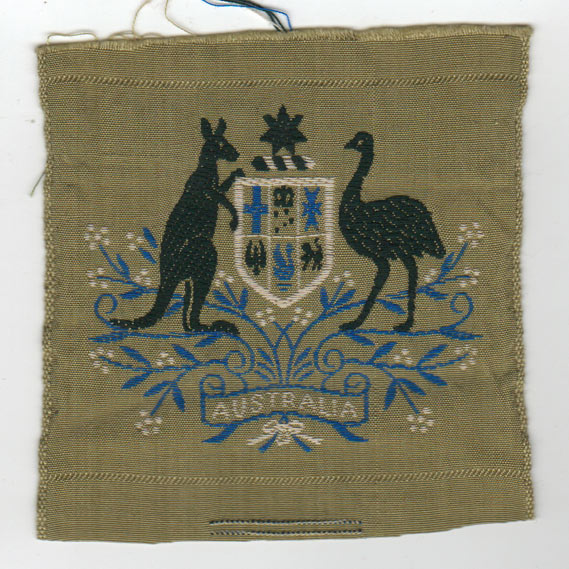 0
0 -
To continue here are some more Australian rank patches.
Australian Army WO1, embroidered jungle greens, c1976, 7.5 cm x 6.5 cm
Regards,
Rob
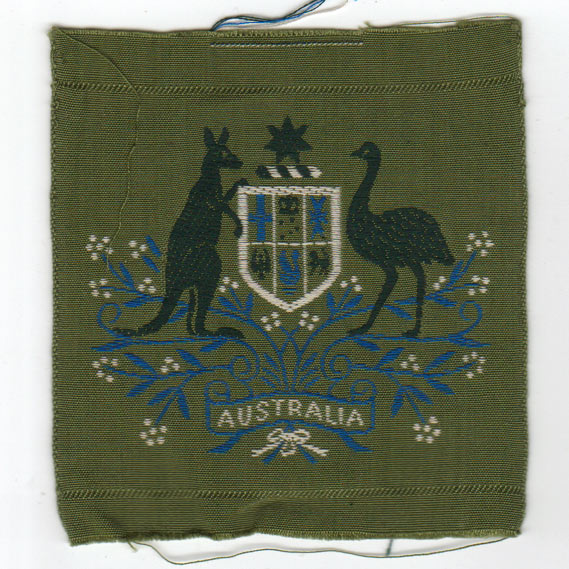 0
0 -
Hello all,
Here is a pic of an official type 2 Portugal vic with the combatant star and typical ribbon buckle.
Interested to see that this particular thread has had, as of today, 3,160 views. At least some people are looking!

Due to work commitments I will be having a break for a while.
Regards,
Rob
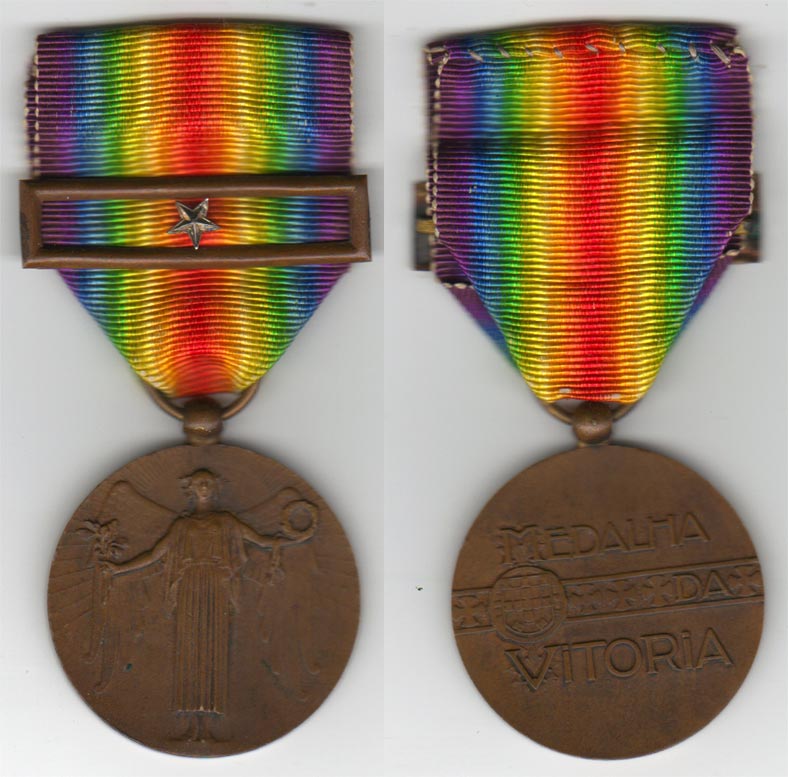 0
0 -
Hello Tim,
As indicated here is the U.S. vic battle clasp matrix.
Regards,
Rob
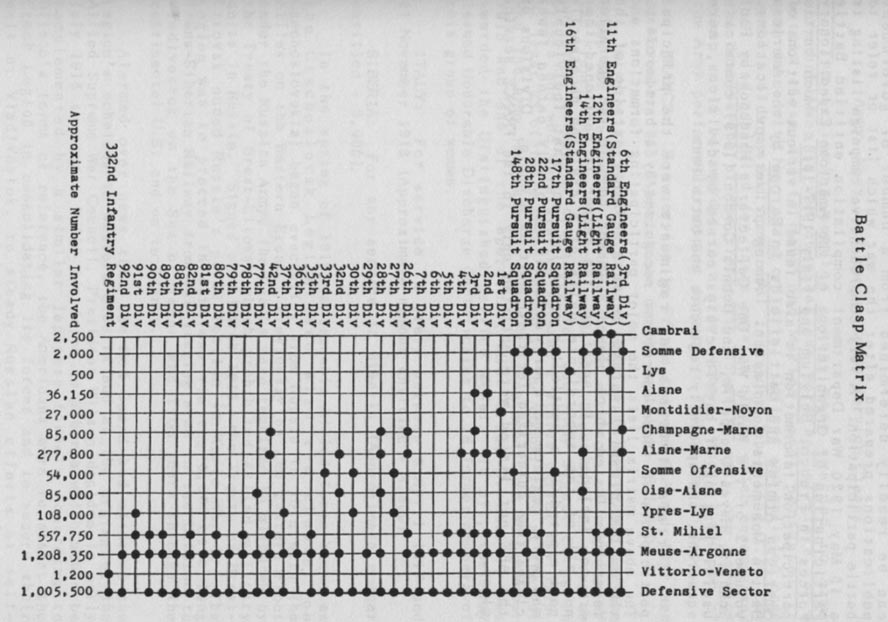 0
0 -
QUOTE (Riley1965 @ Mar 11 2009, 21:47 ) Medaille Commemorative De La Guerre 1914-1918
Commemorative Medal World War I 1914-1918
Herinnerings Medaille Van De Oorlog 1914-1918
... There are several attachments that may be seen on this medal.
Further to these devices, there's also :
- black enamelled bar, indicating a posthumous award
Cheers,
Hendrik
To all,
As Hendrik has indicated there is also the black enamelled bar, also commonly known as the 'Mothers Bar' indicating a posthumous award.
Here is a 'Mothers Bar' attached to a Belgian victory medal. This is an original bar, noting that the black enamel is flush with the top surface and edge rim of the bar. There is a later contemporary copy of the bar which is slightly longer and wider than the original, and has a wider rim. It does not however have the black enamel centre; it is just a black painted hollowed recess.
Regards,
Rob
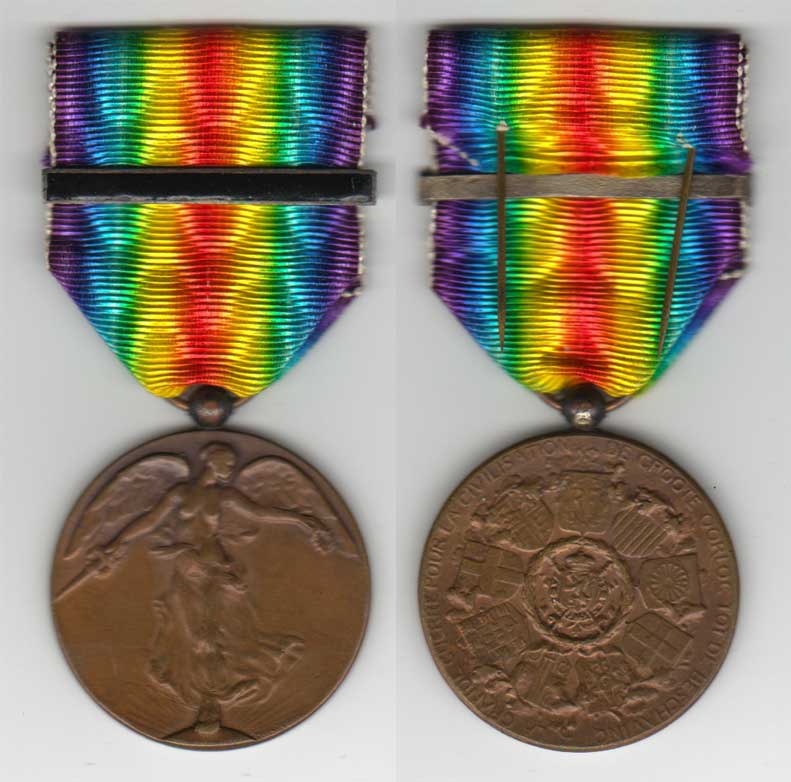 0
0 -
Thanks Rob!
I had read somewhere that some of Nixon's numbers were off, so I was curious.
Tim
Hello Tim,
When I have time this weekend I shall scan the table and post a pic here.
I am hopeful the Intellectual Property and Copyright gods won't complain too loudly about such a small excerpt from Mr Laslo's 23 year old first edition.
Regards,
Rob
0 -
Hello Thomas,
Here are a couple of U.S. vic mini's that I could quickly find that have both engagement and country clasps as well as one that has a Navy service clasp. I have others that do not have clasps but I can't locate them at the moment.
Aside from the centre two mini's you will notice that there are minute obverse differences between all the mini's and that should be expected.
Of note is some of the alternate spellings of the clasps with 'Montdidier-Noyon' spelt two different way depending on the manufacturer of the bars.
As I mentioned before I think a good collection of vic mini's will both highlight and complement any substantial vic collection.
Regards,
Rob
 0
0 -
Rob,
Is the clasp matrix listed in Laslo's 1st edition the same as the Donald Nixon matrix shown below?
Tim
Hello Tim,
No it is not the same but it's close. The clasp matrix is similar and lists the U.S. divisions along the top, with the clasp names on the right side, and approximate quantities involved on the left. It appears that it is a case of the same data just presented in a slightly different format.
When I'm conducting research on U.S. vics with engagement bars I generally refer to this table initially, as well as a larger compilation which is based on 'Battle Participation of Organizations of the American Expeditionary Forces in France, Belgium and Italy 1917-1918' by the U.S. War Office, 1920. This reference lists all the divisions and then identifies the engagement (battle) or service (country) bar (clasp) entitlements down to Regimental level and below if applicable. While the amended list is based on the original publication it has been updated with other information from other sources. It is a handy reference to just conduct a quick first line check to make sure that the medal in question is not a 'fantasy' award made up with clasps added by vendors.
I have a similar listing which is based off the official Navy lists and has been updated, from time to time, at the US Navy Historical Website, or at <http://www.history.navy.mil/medals/ww1vic.htm>
Hope this helps.
Regards,
Rob
0 -
Hello Thomas,
The full-size medal looks okay as an official type 2 Great Britain variety (with W.McM designers name on the obverse), and the mini has a nice finish as well. The ribbon appears to be the correct type as it was slightly wider than the French or other country ribbon at 38 mm. As you have only posted the obverse of the full-size vic it is difficult to tell if the medal is a standard Great Britain type or the bi-lingual South African type.
Considering these were sold as a pair, (full-size and mini) you do need to consider where the recipients other medals are. It is unusual but not necessarily untoward that you could find a single vic with an MID both full size and mini. Due to overlapping award criteria the victory medal was not awarded by itself. There should be, at the least, an accompanying British War medal and, if the person served in a designated theatre of war between August 1914 and before the end of 1915, also a 1914-15 Star. In many cases the British War Medal was subsequently sold for the silver content or melted down, leaving a lot of Great War trio's or pairs minus the BWM and thus a 'broken' group.
I would conduct some research with the vendor in question in order to ascertain what other awards the recipient may have and where they might be.
In that regard having the persons regimental details impressed on the rim will allow for some detailed research to be conducted. In addition, as there is a Mention-In-Despathces (MID) emblem on the full-size and mini, there should also be the opportunity to check the relevant Gazettes to confirm that the MID was awarded and for what actions it may have been awarded. Having the MID should make the recipient a little easier to research as all MID's were gazetted and are thus checkable.
If you go to an earlier post on this thread there are some web-links to the National Archives in the U.K which may be of help. Of course this is all moot if the recipient is a South African so research would have to be re-directed to the appropriate places there if that is the case.
As for the Laslo volumes I would recommend that you attempt to locate a copy of the 2nd edition. It updated the first edition in a lot of areas and, with the exception of the Battle Clasp matrix for the U.S. Victory medal, there is nothing that is not contained in the 2nd edition. The last time I checked there was a copy listed at 'abebooks.com' and a number of copies listed on 'used.addall.com' although none of the copies are cheap. After that there is always the on-line auction option.
Regards,
Rob
0 -
Hello Thomas,
As Tim said - welcome back to the thread.
I too like the whole collecting field of miniatures. There are just so many varieties of the full-size vics and there are also quite a few corresponding varieties of mini's. Miniatures are a whole new area of vic collecting which is what makes it such fun. They pose more of a research dilemna as they are not generally named or attributed to an individual although I do have a small Great Britain group named to an individual on the reverse of the mounting bar.
The mini's of the U.S. and the Great Britain are generally seen in a consistent 18 mm diameter while other countries mini's are seen in a variety of diameters. I have 7 different Great Britain vic mini's and they are all different in strike, minor detail, and reverse lettering and all have been seen on different miniature groups. Some are more detailed than others. Other countries like Belgium, France, and Italy have mini vics in a range of sizes from 11 - 18 mm and they too are very finely detailed pieces.
It is my view that the standard of the contemporary miniature medal workmanship is far better than what is generally seen in modern pieces.
When I am back in Sydney in a couple of days I shall post some pics of a few different strikes of the U.S. vic mini's with a number of different Army engagement bars and Navy service bars for comparison.
Regards,
Rob
0 -
Thanks for the information on mine; once I have some free time, I may try to find out more on the two British ones I have.
Tim
Tim,
A good place to start in the research for U.K. medals is the National Archives. They have a web presence at:
http://www.nationala...ocumentsonline/
This has links to all the services as well as Army specific links to the Medal Index Cards, an electronic copy of which can be paid for and downloaded.
You could also look at Ancestry.co.uk.
It has a military search area as well with links to service records, pension records, and medal rolls among others.
http://search.ancest...ult.aspx?cat=39
Regards,
Rob
0




British Victory Medals
in Inter-Allied Victory Medals of the Great War
Posted
To all,
Seems things are a bit quiet around here at the moment.
Here is another 'swing-mounted' Great Britain mini group.
This time it is without the miniature M.I.D on the vic and has a 1914-15 Star instead of the previously shown 1914 Star & bar. It is a nice small group showing previous service in the Boer War of 1899-1902 indicated by the Queens South Africa medal with 3 clasps. The vic mini also has a very good level of detail.
Regards,
Rob